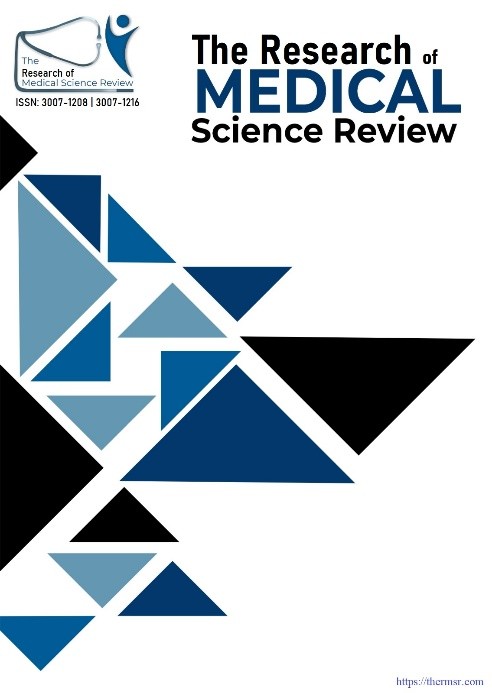EFFECTIVENESS OF DRY NEEDLING IN BRACHIORADIALIS TRIGGER POINT AMONG LATERAL EPICONDYLITIS PATIENTS
Main Article Content
Abstract
Background: Lateral epicondylitis (LE), or tennis elbow, is a common tendinosis of the lateral epicondyle often resulting from activities like typing, tennis, smoking, and obesity. Treatments such as corticosteroid injections, Botulinum toxin, and physiotherapy including dry needling are effective for pain reduction and tendon repair.
Aim: To determine the effectiveness of dry needling in improving pain, elbow, forearm and wrist range of motion and brachioradialis trigger points among lateral epicondylitis patients.
Methodology: The single blinded RCT study conducted at the Ghurki Trust Teaching Hospital in Lahore based on inclusion and exclusion criteria. Sample size of 40 patients collected through convenient sampling technique, divided into two groups, A (Dry needling) and B (stretching of brachioradialis muscles) respectively. VAS, Myofascial diagnostic scale and goniometer were used to assess the pain, reduction in trigger point and Range of motion (ROM) of patients.
Result: The study results demonstrated that dry needling significantly improved MDS scores reduced from 14.70 ± 1.86 to 6.00 ± 1.34 and VAS from 8.40 ± 1.18 to 1.95 ± 0.76 (p = 0.00). ROM gains in the experimental group were marked, including elbow flexion, extension, and forearm supination and pronation, along with wrist ROM improvements, surpassing the control group's moderate changes (p < 0.05).
Conclusion: The study concluded dry needling is easy, feasible, and new effective treatment innovation in improving pain, ROM of elbow joint, forearm, and wrist joint and reducing the number of trigger points in the brachioradialis muscle.
Downloads
Article Details
Section

This work is licensed under a Creative Commons Attribution-NonCommercial-NoDerivatives 4.0 International License.
